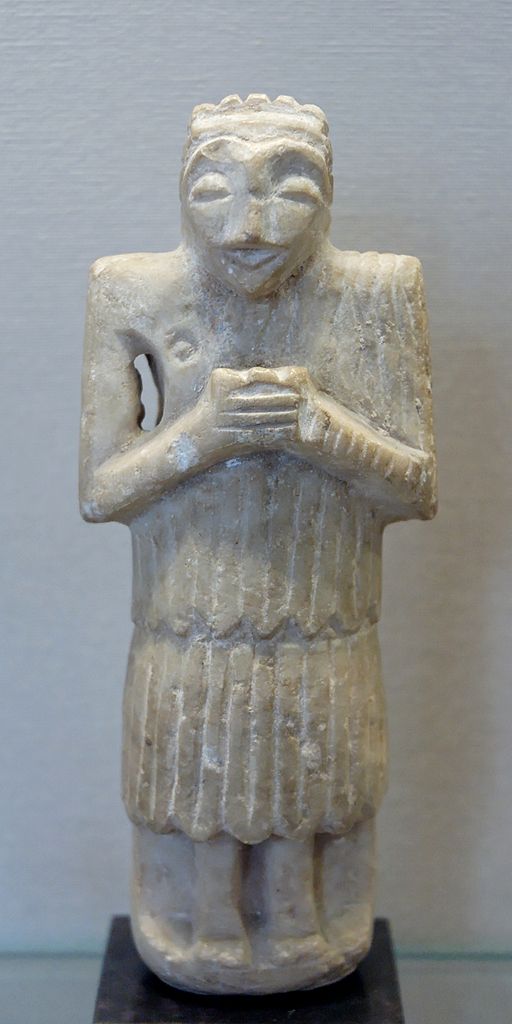
| AWAN DYNASTY Elam :
"Elam is not an Iranian term and has no relationship to the conception which the peoples of highland Iran had of themselves. They were Anshanites, Marhashians, Shimashkians, Zabshalians, Sherihumians, Awanites, etc. That Anshan played a leading role in the political affairs of the various highland groups inhabiting southwestern Iran is clear. But to argue that Anshan is coterminous with Elam is to misunderstand the artificiality and indeed the alienness of Elam as a construct imposed from without on the peoples of the southwestern highlands of the Zagros mountain range, the coast of Fars and the alluvial plain drained by the Karun-Karkheh river system.
Proto-Elamite civilization grew up east of the Tigris and Euphrates alluvial plains; it was a combination of the lowlands and the immediate highland areas to the north and east. At least three proto-Elamite states merged to form Elam: Anshan (modern Fars Province), Awan (modern Lorestan Province) and Shimashki (modern Kerman). References to Awan are generally older than those to Anshan, and some scholars suggest that both states encompassed the same territory, in different eras (see Hanson, Encyclopædia Iranica). To this core Shushiana (modern Khuzestan) was periodically annexed and broken off. In addition, some Proto-Elamite sites are found well outside this area, spread out on the Iranian plateau; such as Warakshe, Sialk (now a suburb of the modern city of Kashan) and Jiroft in Kerman Province. The state of Elam was formed from these lesser states as a response to invasion from Sumer during the Old Elamite period. Elamite strength was based on an ability to hold these various areas together under a coordinated government that permitted the maximum interchange of the natural resources unique to each region. Traditionally, this was done through a federated governmental structure.
Proto-Elamite influence from the Mesopotamia in Susa becomes visible from about 3200 BC, and texts in the still undeciphered Proto-Elamite writing system continue to be present until about 2700 BC. The Proto-Elamite period ends with the establishment of the Awan dynasty.
The Old Elamite period began around 2700 BC. Historical records mention the conquest of Elam by Enmebaragesi, the Sumerian king of Kish in Mesopotamia. Three dynasties ruled during this period. Twelve kings of each of the first two dynasties, those of Awan (or Avan; c. 2400 – c. 2100 BC) and Simashki (c. 2100 – c. 1970 BC), are known from a list from Susa dating to the Old Babylonian period. Two Elamite dynasties said to have exercised brief control over parts of Sumer in very early times include Awan and Hamazi; and likewise, several of the stronger Sumerian rulers, such as Eannatum of Lagash and Lugal-anne-mundu of Adab, are recorded as temporarily dominating Elam.
Awan dynasty :
The Awan dynasty (2350–2150 BC) was partly contemporary with that of the Mesopotamian emperor Sargon of Akkad, who not only defeated the Awan king Luh-ishan and subjected Susa, but attempted to make the East Semitic Akkadian the official language there. From this time, Mesopotamian sources concerning Elam become more frequent, since the Mesopotamians had developed an interest in resources (such as wood, stone, and metal) from the Iranian plateau, and military expeditions to the area became more common. With the collapse of Akkad under Sargon's great great-grandson, Shar-kali-sharri, Elam declared independence under the last Awan king, Kutik-Inshushinak (c. 2240 – c. 2220 BC), and threw off the Akkadian language, promoting in its place the brief Linear Elamite script. Kutik-Inshushinnak conquered Susa and Anshan, and seems to have achieved some sort of political unity. Following his reign, the Awan dynasty collapsed as Elam was temporarily overrun by the Guti, another pre-Iranic people from what is now north west Iran who also spoke a language isolate.
Source :
https://en.wikipedia.org/ |
